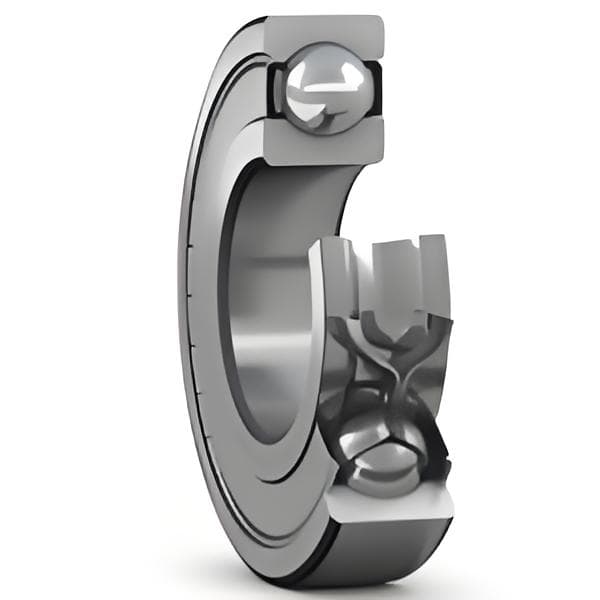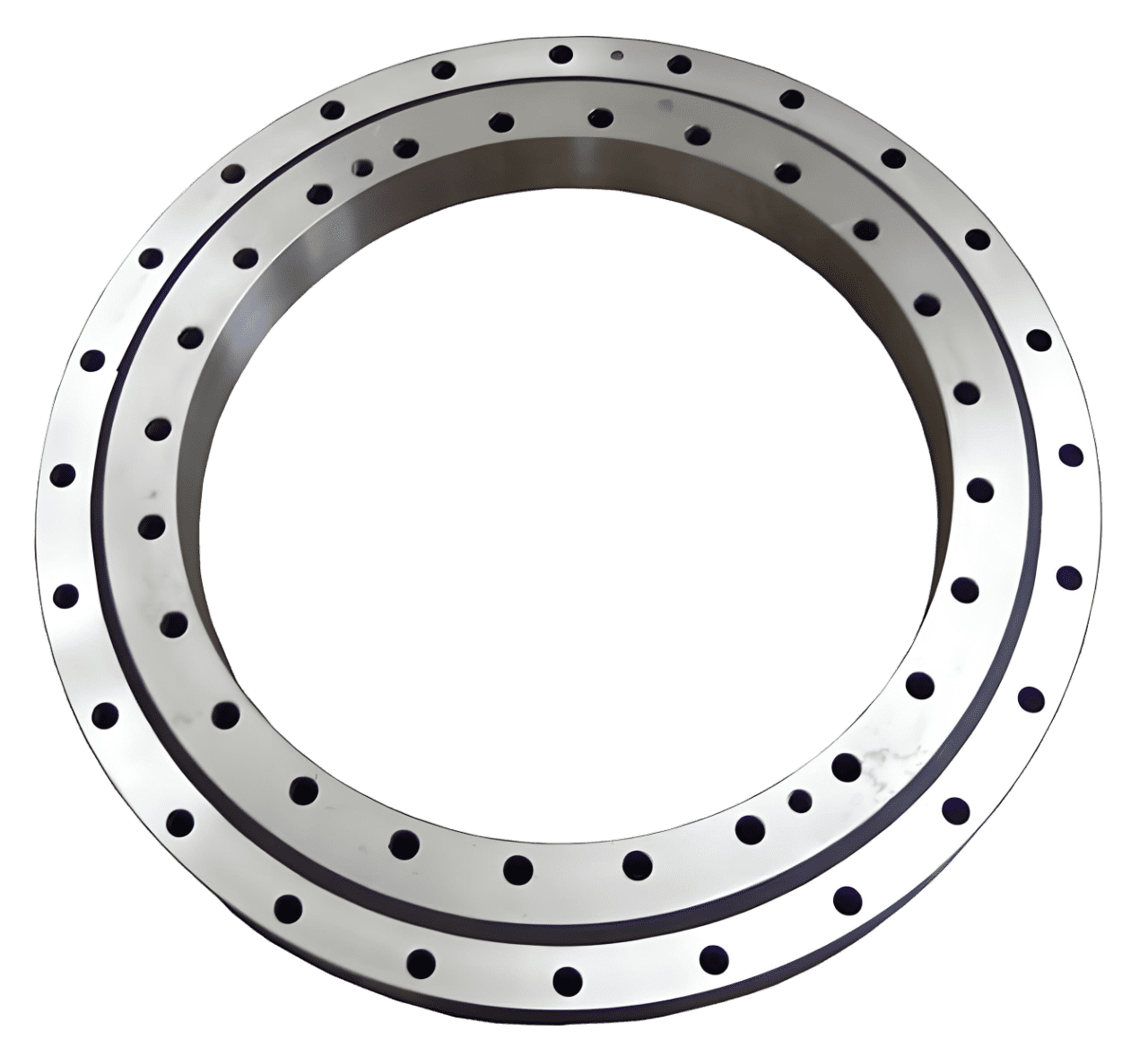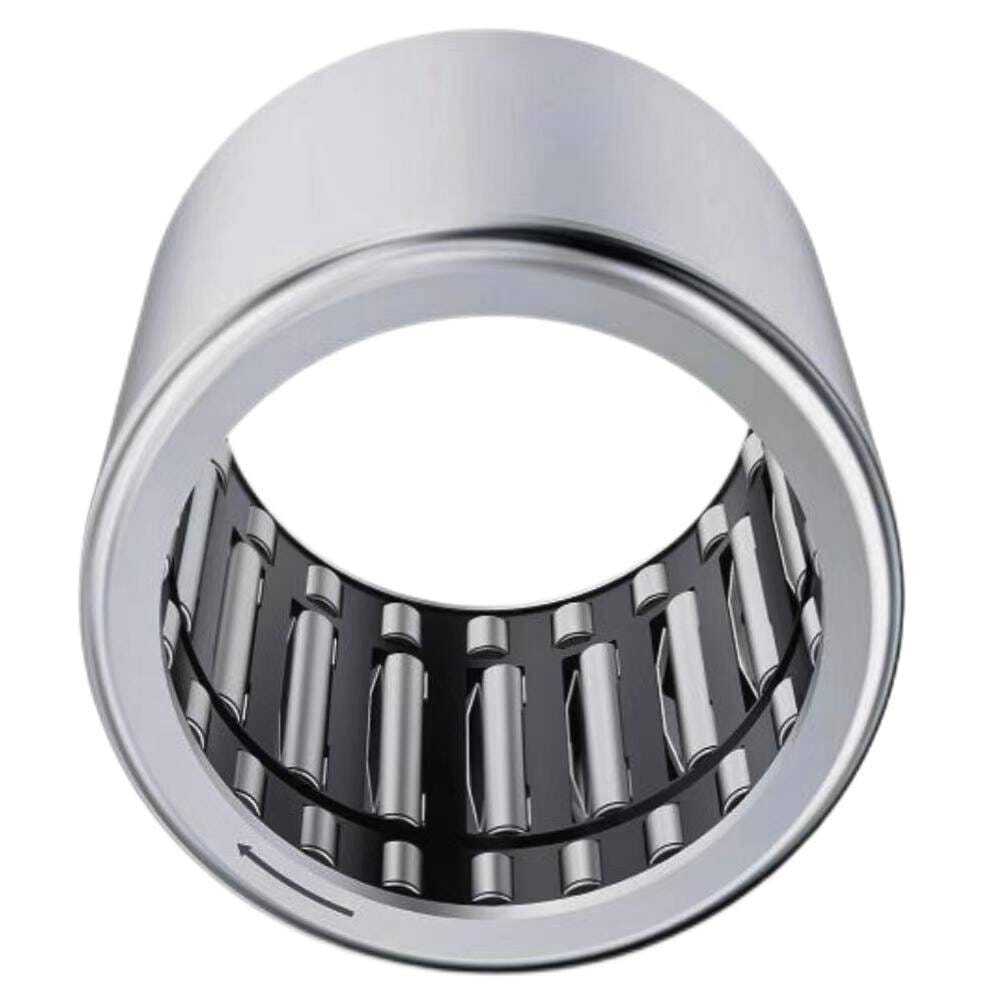What Are Mounted Bearings Used For?
Mounted bearings play a crucial role in various machinery and equipment. These versatile components support a rotating shaft and are essential for a...

Since 1937, McGill has been a leader in creating innovative bearings that resist contamination. These bearings are crucial to industries like automotive and aerospace. They help machines work better by reducing friction and making sure they are reliable.
This blog will teach you how to keep McGill bearings work with the best performance in different situations.
Keep McGill Bearings at peak performance with routine maintenance: lubricate, clean, and inspect. This simple care reduces wear, prevents breakdowns, and cuts downtime, ensuring your operations run smoothly and reliably.
Taking good care of your McGill Bearings stops them from breaking down unexpectedly, which stops work from being interrupted. By checking them often, keeping them clean, and putting the right amount of oil, you can find problems early.
Keeping your McGill Bearings in good shape by doing routine checks and care can save you money on repairs and replacements. It stops the bearings from wearing out too fast, catches problems early, and makes them last longer. This can prevent unexpected breakdowns or extra costs.
McGill Bearings serves many industries with a wide selection of bearing types. They offer Cam Followers, Roller Bearings, Needle Roller Bearings, and SPHERE-ROL® Bearings. These bearings can handle high loads, lower friction, and keep things running smoothly. They are crucial for automotive, aerospace, and construction.
McGill Bearings are known for precision, meeting high standards with ISO 9001 certification and their own strict tolerances.
McGill Bearings are durable and long-lasting, up to 24 times longer than competitors. They feature high-quality materials and specialized heat treatments for toughness and shock absorption.
These bearings are trustable for handling heavy loads and resisting corrosion. They even in demanding applications in aerospace, automotive.
McGill Bearings are used in many different sectors and machines. They help in industries like automotive, aerospace, agriculture, electrical, mining & construction, and railway applications.
Their products also play a key role in food processing and can-making. They are famous for working well in equipment like conveyor belts, robotic arms, and machines that move materials around.
Use high-tech ways to check McGill Bearings, like listening for sounds and feeling for vibrations, to find any cracks, wear, or shape changes. Also, use smart computer programs that learn from data to figure out if something is wrong.
For optimal performance of McGill Bearings, regularly check lubricants for contamination or degradation. Clean and replace as needed to prevent damage and extend bearing life.
Listen for noise indicators in McGill Bearings. Unusual sounds like grinding or humming may be signs of wear or misalignment. They may mean the need for inspection and maintenance.
Analyze vibration and acoustic emission to monitor McGill Bearings. You can use machine learning to detect and diagnose faults from these signals effectively.
Grease is ideal for low-speed, heavy-load McGill Bearings in environments with a lot of dust and dirt. Oil is better for high-speed applications thanks to its heat dissipation and cleanliness. Choose suitable lubricants based on speed, load, and environment.
Consider speed, load, and operating conditions when choosing lubricants for McGill Bearings. Grease is ideal for low-speed, high-load applications. Oil is the best choice for high-speed operations requiring efficient heat dissipation.
Adjust lubrication frequency for McGill Bearings based on application needs. High-speed or heavy-load bearings need more frequent lubrication than low-speed or light-load ones. Monitor wear and performance to optimize intervals.
Maintain detailed maintenance logs to track lubrication activities for McGill Bearings. Note down frequency, type, and amount of lubricant used, along with any observations on bearing performance. This practice aids in predicting maintenance needs and extending bearing life.
For McGill Bearings, use appropriate seals to shield against dust, water, and particulates, ensuring longer life and reduced maintenance. Opt for rubber lip seals in Heavy-Duty CAMROL Bearings for superior contamination protection.
McGill Bearings provides various sealing options to keep out dirt and other contaminants. They feature:
To keep tiny particles from getting into McGill Bearings, use sealing solutions. Seals such as the LUBRI-DISC® seal, NYLAPLATE® seal, and LAMBDA® seal can effectively protect bearings from dirt and debris. A clean operating environment can reduce wear and extend service life.
Protect McGill Bearings by managing temperature and humidity. Use corrosion-resistant steel and suitable lubricants for extreme conditions. Also consider using multi-lip seals which are efficient in temperatures between -30°F and 250°F.
Use laser systems or dial indicators for aligning McGill Bearings. Proper alignment reduces stress, friction, and wear, enhancing bearing performance and life.
Misalignment in McGill Bearings increases friction and wear. This leads to uneven load distribution, heat generation, and accelerated degradation. It reduces load capacity and can cause premature failure. Proper alignment is key to better bearing performance and longer service life.
Installing McGill Bearings involves several crucial steps.
When installing McGill Bearings, be gentle, use the right tools to put them in, make sure they're well-lubricated, keep them aligned.
Don't put too much weight on them, and shield them from the environment to avoid problems during installation.
Different vibration patterns indicate various health conditions of McGill Bearings.
Use accelerometers, high-precision data acquisition systems, FFT spectrum analyzers, and condition monitoring software. They are effective tools for analyzing vibration of McGill Bearings.
High temperatures reduce lubricant life and viscosity, which might cause fatigue and raceway hardness reduction.
Low temperatures increase lubricant viscosity, making it harder for bearings to turn smoothly.
Picking the right materials for different temperatures is crucial to keep the bearings working their best.
Use tools like Open Hardware Monitor for temperature tracking. Implement thermal mapping, and condition monitoring software. Regularly calibrate sensors and use thermographic imaging to manage bearing temperature proactively.
Recognizing wear in McGill Bearings can be done by monitoring visual cues and changes in performance. Visually, look for surface cracks, pitting, or flaking, which indicate material fatigue. Performance indicators include increased noise, unusual vibrations, and reduced efficiency, which can signal bearing wear.
In McGill Bearings, follow a maintenance plan with checks, lubrication, and part swaps. Troubleshooting guides offer detailed steps to spot signs of bearing trouble, aiding in early diagnostics and corrective measures.
Offer in-depth steps to address wear-related issues in McGill Bearings.
McGill Bearings face corrosion from washdowns, moisture, and temperature extremes, leading to rust and lock-up.
Meanwhile, operating stresses from load and speed, can also cause corrosion in McGill Bearings.
Protect McGill Bearings from corrosion with anti-corrosion lubricants and coatings. CAMROL Bearings' rubber seals keep grease in, contaminants out. Select lubricants that match bearing materials and conditions for best corrosion resistance.
Here are the steps to identify and mitigate corrosion issues.
Adhere to scheduled maintenance to ensure optimal performance of McGill Bearings. This is crucial for extending bearing life and preventing failures.
Equip your team with knowledge on proper bearing care. Educate on maintenance procedures to handle McGill Bearings effectively, enhancing safety and efficiency.
Use IoT sensors and AI analytics to predict maintenance needs for McGill Bearings. These technologies enable proactive responses to potential issues. This can enhance the efficiency and reliability, reducing downtime and extending service life of the bearings.
For McGill Bearings, select sustainable lubricants. For example, FDA compliant grease is used in CRES CAMROL bearings. The grease is ideal for food and beverage applications.
These eco-friendly options reduce environmental impact while providing necessary corrosion protection and extending bearing life.
To keep bearing maintenance green and clean, choose eco-friendly biodegradable lubricants. Make sure to dispose used oils properly in energy-saving methods.
Regular maintenance helps reduce pollution from machine breakdowns. Besides, using smart tech like IoT to predict maintenance needs so as to avoid unnecessary parts replacement. This contributes to sustainable operations.
Q1: What is the proper frequency of lubrication for McGill Bearings?
A: Lubricate McGill Bearings based on conditions like load and speed; consult manuals for intervals. Use the Five Times Longer Life graph for CAMROL Bearings.
Q2: What are the signs of bearing misalignment?
A: Misalignment signs are uneven wear, high vibration, and noise; verify with precision tools.
Q3: What lubricants are recommended for high-temperature applications?
A: For high temps, use stable lubricants with EP additives or special high-temperature greases.
This blog highlighted maintenance tips for McGill Bearings, including eco-friendly lubricants and predictive tech for McGill Bearings. They offer long-term operating benefits and reduce costs. LILY Bearing is a dependable alternative, offering performance and reliability comparable to McGill Bearings. Contact LILY Bearing for expert advice and support.

Mounted bearings play a crucial role in various machinery and equipment. These versatile components support a rotating shaft and are essential for a...

Mounted bearings are essential for industrial machines. They support and stabilize rotating shafts, ensuring they stay aligned and reduce friction....

Needle bearings are small, thin rollers that help parts move smoothly with less friction. They can handle heavy loads while occupying less space,...